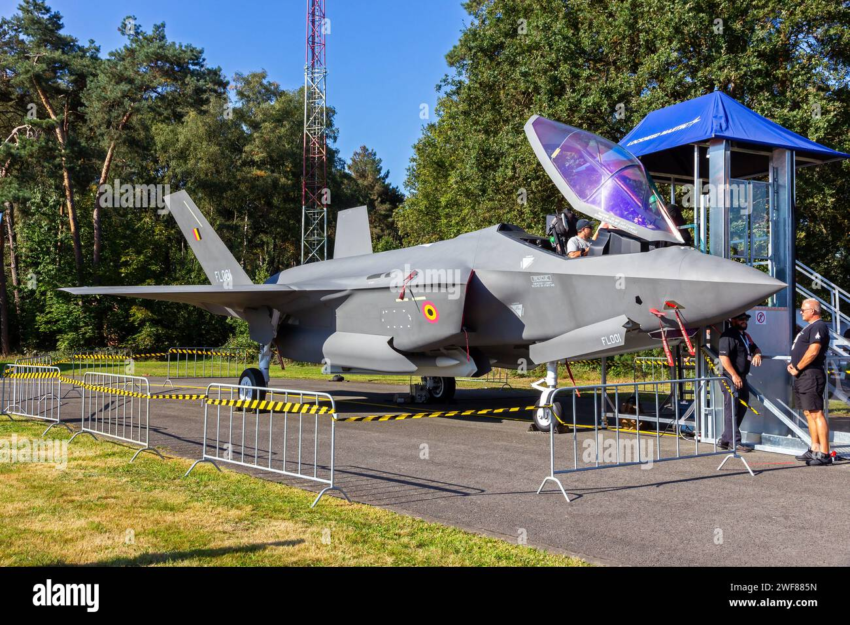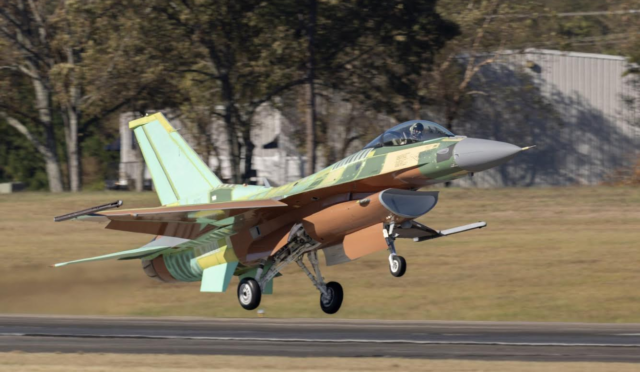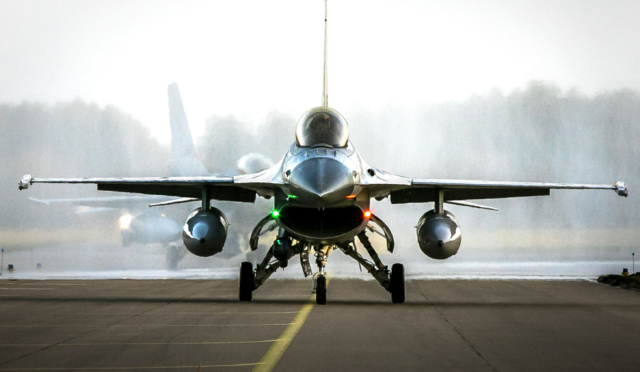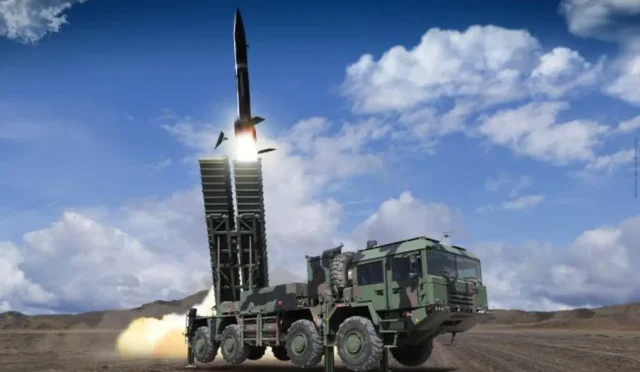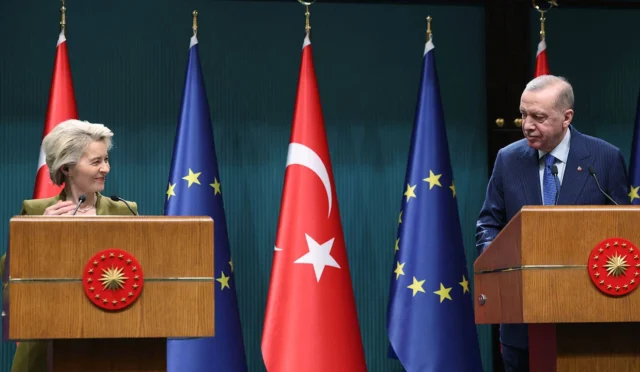Belgium’s F-35 Procurement Strategy
**Belgium is set to expand its fleet of F-35 fighter jets by acquiring an additional 11 units, building upon its previous purchase of 34 F-35s from the United States. This decision was recently confirmed by Prime Minister Bart De Wever and Minister of Defense Theo Francken, who stated that the new jets would be part of the original contract signed back in 2018.** In light of this move, Belgium plans to allocate an additional 3.9 billion Euros to its defense budget for 2025, on top of the existing resources.
Minister Francken did not disclose specific details regarding the funding but indicated that this year’s defense financing would leverage extraordinary and temporary resources. These include dividends from Belfius Bank and proceeds from frozen Russian assets, showcasing a strategic approach to enhance Belgium’s defense capabilities.
Support for the SCAF Program
Alongside the acquisition of F-35 jets, Minister Francken emphasized Belgium’s ongoing support for the SCAF (Système de Combat Aérien Futur) program, a collaborative project for developing a sixth-generation fighter jet among European nations. Belgium has so far contributed 60 million Euros to this ambitious initiative.
However, the delivery timeline extending beyond 2040 is prompting Belgium to look for short-term solutions. Francken underscored the importance of keeping the Belgian Air Force operationally ready, while also encouraging the possibility for other countries to participate in this high-level European defense project.
F-35 Assembly in Europe
In a significant move, Minister Francken expressed a preference for the assembly of Belgium’s additional F-35s to take place in Italy, rather than the United States. He officially requested that future Belgian F-35s be assembled at the Cameri Final Assembly and Checkout (FACO) facility in Italy during discussions with Italian Defense Minister Guido Crosetto.
This decision aligns with Belgium’s strategic goal of synchronizing its defense investments with European industrial objectives. By doing so, Belgium aims to lessen its dependency on the US supply chain while also potentially creating new jobs within Europe.
Background of F-35 Procurement
The journey towards acquiring F-35 fighter jets began in 2018 when then Minister of Defense Steven Vandeput signed a significant contract worth 3.6 billion Euros for 34 F-35A jets. After factoring in additional costs for infrastructure, maintenance, and training, the overall deal amounts to around 4 billion Euros.
These aircraft are set to replace Belgium’s aging F-16 fleet, with intentions to transfer 30 of the older jets to Ukraine starting in 2026. Notably, Belgium is already set to receive 8 F-35s stationed at Luke Air Force Base in Arizona for pilot and technician training, with these jets expected to arrive in Belgium by the end of 2025.
Modernization of Belgian Air Bases
In preparation for the new F-35 jets, the Belgian government has committed 275 million Euros for the modernization of key air bases in Florennes and Kleine-Brogel. This upgrade encompasses enhancements to hangars, simulators, maintenance centers, and operational accommodations, ensuring that the bases meet the demands of modern aerial operations.
These investments reflect Belgium’s proactive approach to fortifying its military infrastructure as it transitions to a new generation of fighter jets, thereby ensuring a seamless integration of the F-35s into its air defense capabilities.
Regional Concerns Regarding F-35s
The procurement of the F-35 fighter jets has sparked regional discussions, particularly concerning Greece’s apprehensions regarding potential F-35 acquisitions by Turkey. As Turkey seeks to enhance its military capabilities, the balance of power in the region is a point of contention.
Additionally, there are ongoing discussions about ammunition procurement for the F-35s from Belgium, underlining the intricate dynamics of defense collaborations and regional security issues that are in play as nations invest in advanced military technology.
